
Atma Art House: El vanguardismo húngaro y español, hermanados por el arte
Tres ciudades fusionadas en una sola. En 1873, Óbuda, la ciudad vieja, Buda y Pest se unificaron oficialmente como una única entidad. Lo que el Danubio separaba, el hombre lo unió. Así nació Budapest, capital de Hungría y centro paralelo del antiguo Imperio austrohúngaro.
Puente entre Occidente y Oriente, la ciudad fue cuna y terreno fértil para el arte de vanguardia en Europa Central. La revolución de las vanguardias (1910–1930) impulsó a pintores nacionales como Lajos Kassák, quien lideró el movimiento húngaro en corrientes como el cubismo, el futurismo, el dadaísmo y el constructivismo. Budapest se convirtió en un verdadero laboratorio del arte avant-garde en pleno corazón de Europa. Sin embargo, por razones políticas, muchos de ellos emigraron. Como semillas llevadas y esparcidas por el viento, influyeron de manera decisiva en el diseño y el arte moderno a nivel mundial.
En ese legado histórico y cultural creció Ildi Guba, fundadora de Atma Art House en Budapest. Esta residencia de artistas, situada en las verdes colinas próximas al Castillo de Buda, ofrece unas impresionantes vistas al Danubio y a la ciudad. No es solo una casa: es un hogar donde el espíritu de las artes pervive entre sus paredes y susurra a sus invitados, cual musa de la creatividad. Allí late, desde hace décadas, un corazón virtuoso. Esta casa fue el lugar donde ella vivió, rodeada de artistas, músicos y pensadores desde su infancia más temprana.


Ildi apostó por el poder del intercambio cultural como fuerza de inspiración. “Nuestra residencia fue creada con un claro propósito: construir puentes entre artistas españoles y húngaros, sin dejar de estar abiertos a la creatividad de todo el mundo. Ofrecemos un espacio donde las ideas, técnicas e historias fluyen libremente de un país a otro. Nací y crecí en Hungría hasta los 18 años; en España llevo viviendo casi 25. Son dos hogares para mí, y Atma Art House es un puente entre ambos países”, nos cuenta.
Cuando presenta a sus invitados, demuestra un gran conocimiento de las técnicas que utilizan, de sus estilos e incluso es capaz de percibir las influencias de cada uno al contemplar sus obras. Le gusta dejarse llevar por la intuición al observar una pieza: “Cuando miro, me tiene que transmitir algo, crear alguna emoción”, expresa la fundadora.
“La casa permanecía vacía desde 2020. Entonces, mi amiga Raquel Ponce, de la galería Ponce+Robles en Madrid, me sugirió la idea de devolver la vida a ese lugar con tanta historia y convertirlo en una residencia de artistas. A los dos meses ya lo tenía vacío y preparado. Consulté a un cercano artista húngaro, József Csató, sobre cómo iniciar esta nueva etapa. Él mismo se ofreció a ser el primer artista invitado, compartiendo los estudios durante el invierno junto con un amigo suyo, el pintor Tibor Nádor”, nos cuenta Ildi Guba.
Tibor Nádor (Budapest, 1967) estudió bajo la orientación de Lajos Szlávik y, en 2002, recibió el Premio de Bellas Artes de la Fundación Palládium. Es profesor de dibujo y pintura en la Universidad de Artes Aplicadas de Hungría, miembro del Estudio de Arte Contemporáneo Artus desde 1995 y parte de su dirección desde 2005. Su pintura es fundamentalmente abstracta, aunque siempre parte de una imagen visual específica.
El joven húngaro József Csató (1980) ha sido galardonado en tres ocasiones con la beca Gyula Derkovits (2013-2015) y obtuvo el Premio de Arte Esterházy en 2013. Sus cautivadoras obras, que combinan abstracción y figuración mediante formas surrealistas, han sido exhibidas en Europa, Asia y Estados Unidos.
Entre este elenco de pintores que ya han compartido experiencias en Atma Art House, ha estado durante el mes de agosto nuestro artista extremeño Jaime Urdiales (Losar de la Vera, 1994). Su meteórica carrera artística ya ha conquistado importantes galerías en ciudades como Nueva York, Dubái, Corea, Miami, Ibiza y Madrid, entre otras, con presencia en ESTAMPA 2023, ARCO 2024 y 2025.
“A Jaime Urdiales lo conocí a través de la galería Ponce+Robles. Me atrae su talento y personalidad, el tipo de obras que hace, dejándose influir por su entorno. Me hacía ilusión que se dejara llevar por Budapest y ver qué cosas podían surgir de su inspiración y estancia en la residencia”, subraya Ildi.
En Budapest, Jaime ha investigado el patrimonio de la ciudad, su historia y su huella humana. “Más que una inmersión cultural, esta residencia se concibe como un deber artístico: observar, documentar y reinterpretar los símbolos de nuestro presente para que no se pierdan con el paso del tiempo. Ha sido una gran oportunidad crear allí; se respira intimidad”, apunta Jaime Urdiales.
Nos sorprende con la vuelta al formato grande en una de las obras allí creadas, Lucky You. “Devuelvo la vida y la dignidad a dos objetos de un mercadillo de segunda mano. Piezas de colección antiguas que han sido olvidadas y abandonadas. La artesanía está siendo devorada por objetos producidos en masa, de usar y tirar. Quiero que los más jóvenes se detengan al observarlo y experimenten la satisfacción de encontrar los siete elefantes escondidos en el cuadro. El tesoro es un momento sosegado frente a demasiados estímulos”, nos cuenta Urdiales.
Atma Art House se une a la galería Ponce+Robles con la nueva iniciativa LAB20-30, un espacio con la clara vocación de dinamizar y rejuvenecer el sector artístico, vinculando a artistas y comisarios jóvenes. Entre los ocho seleccionados, uno viajará a Hungría. Se trata de una propuesta que ofrece a los pintores nuevas oportunidades y visibilidad, valida su trabajo y otorga prestigio a su trayectoria: factores que potencian tanto la obra como la carrera del artista. Sin duda, un recurso transformador.
Otro paso importante de la fundadora de Atma Art House ha sido incluir su residencia en el marco de las becas de formación y residencias artísticas de ESTAMPA —la Feria Internacional de Arte Contemporáneo de Madrid—, que se otorgan como parte de los apoyos a los artistas participantes.
Ildi Guba sigue un impulso claro y certero al transformar la casa de su infancia en una residencia que seguirá palpitando arte en cada habitación, proporcionando espacios para artistas, eventos y charlas, entre otros encuentros. Ella desea que sus invitados puedan llevarse experiencias y vivencias únicas de su ciudad natal y de su hogar convertido en residencia.
En Budapest, la ciudad unida por puentes, se tiende ahora uno nuevo que conecta España con Hungría gracias a unas manos generosas: las de Ildi Guba. Ese puente se llama Atma Art House.

ENGLISH VERSION: Atma Art House: Hungarian and Spanish avant-garde, united by art
Three cities merged into one. In 1873, Óbuda, the old city, Buda, and Pest were officially unified as a single entity. What the Danube separated, man united. Thus was born Budapest, capital of Hungary and parallel center of the former Austro-Hungarian Empire.
A bridge between West and East, the city was the cradle and fertile ground for avant-garde art in Central Europe. The avant-garde revolution (1910–1930) inspired national painters such as Lajos Kassák, who led the Hungarian movement in trends such as Cubism, Futurism, Dadaism, and Constructivism. Budapest became a veritable laboratory for avant-garde art in the heart of Europe. However, for political reasons, many of them emigrated. Like seeds carried and scattered by the wind, they had a decisive influence on modern design and art worldwide.
Ildi Guba, founder of Atma Art House in Budapest, grew up in this historical and cultural legacy. This artist residence, located in the green hills near Buda Castle, offers breathtaking views of the Danube and the city. It is not just a house: it is a home where the spirit of the arts lives on within its walls and whispers to its guests, like a muse of creativity. A virtuous heart has been beating there for decades. This house was where she lived, surrounded by artists, musicians, and thinkers from her earliest childhood.
Ildi believed in the power of cultural exchange as a force for inspiration. “Our residence was created with a clear purpose: to build bridges between Spanish and Hungarian artists, while remaining open to creativity from around the world. We offer a space where ideas, techniques, and stories flow freely from one country to another. I was born and raised in Hungary until I was 18; I have been living in Spain for almost 25 years. They are both home to me, and Atma Art House is a bridge between the two countries,” she tells us.

When she introduces her guests, she demonstrates a deep knowledge of the techniques they use and their styles, and is even able to perceive each artist’s influences when viewing their work. She likes to let her intuition guide her when observing a piece: “When I look at it, it has to convey something to me, create some emotion,” says the founder.
“The house had been empty since 2020. Then my friend Raquel Ponce, from the Ponce+Robles gallery in Madrid, suggested the idea of bringing this place with so much history back to life and turning it into an artists’ residence. Within two months, it was empty and ready. I consulted a close Hungarian artist friend, József Csató, about how to start this new phase. He offered to be the first guest artist, sharing the studios during the winter with a friend of his, the painter Tibor Nádor,” says Ildi Guba.
Tibor Nádor (Budapest, 1967) studied under Lajos Szlávik and, in 2002, received the Palládium Foundation Fine Arts Award. He is a professor of drawing and painting at the Hungarian University of Applied Arts, a member of the Artus Contemporary Art Studio since 1995, and part of its management since 2005. His painting is fundamentally abstract, although it always starts from a specific visual image.

The young Hungarian József Csató (1980) has been awarded the Gyula Derkovits scholarship three times (2013-2015) and won the Esterházy Art Prize in 2013. His captivating works, which combine abstraction and figuration through surrealist forms, have been exhibited in Europe, Asia, and the United States.
Among this group of painters who have already shared their experiences at Atma Art House, our Extremaduran artist Jaime Urdiales (Losar de la Vera, 1994) has been invited among the month of August. His meteoric artistic career has already conquered important galleries in cities such as New York, Dubai, Korea, Miami, Ibiza, and Madrid, among others, with a presence at ESTAMPA 2023, ARCO 2024, and 2025.
“I met Jaime Urdiales through the Ponce+Robles gallery. I am attracted to his talent and personality, the type of work he does, allowing himself to be influenced by his surroundings. I was excited for him to let himself be carried away by Budapest and see what might emerge from his inspiration and stay at the residence,” Ildi emphasizes.
In Budapest, Jaime has researched the city’s heritage, history, and human footprint. “More than a cultural immersion, this residency is conceived as an artistic duty: to observe, document, and reinterpret the symbols of our present so that they are not lost over time. It has been a great opportunity to create there; you can feel the intimacy,” says Jaime Urdiales.
He surprises us with a return to large format in one of the works created there, Lucky You. “I bring life and dignity back to two objects from a second-hand market. Antique collectibles that have been forgotten and abandoned. Craftsmanship is being devoured by mass-produced, disposable objects. I want younger people to stop and look at it and experience the satisfaction of finding the seven elephants hidden in the painting. The treasure is a moment of calm in the face of too many stimulation. ” Urdiales tells us.
Atma Art House is joining forces with the Ponce+Robles gallery with the new LAB20-30 initiative, a space with a clear vocation to revitalize and rejuvenate the art sector by connecting young artists and curators. Among the eight selected, one will travel to Hungary. This proposal offers painters new opportunities and visibility, validates their work, and adds prestige to their careers: factors that enhance both the artist’s work and career. Without a doubt, it is a transformative resource.
Another important step taken by the founder of Atma Art House has been to include her residence in the framework of the training grants and artistic residencies offered by ESTAMPA—the Madrid International Contemporary Art Fair—which are awarded as part of the support provided to participating artists.
Ildi Guba is following a clear and decisive impulse in transforming her childhood home into a residence that will continue to pulsate with art in every room, providing spaces for artists, events, and talks, among other gatherings. She wants her guests to take away unique experiences and memories of her hometown and her home turned residence.
In Budapest, the city united by bridges, a new one is now being built, connecting Spain and Hungary thanks to generous hands: those of Ildi Guba. That bridge is called Atma Art House.
Beatriz García Montalvo: escritora independiente
Relacionado
ARTÍCULOS RELACIONADOS

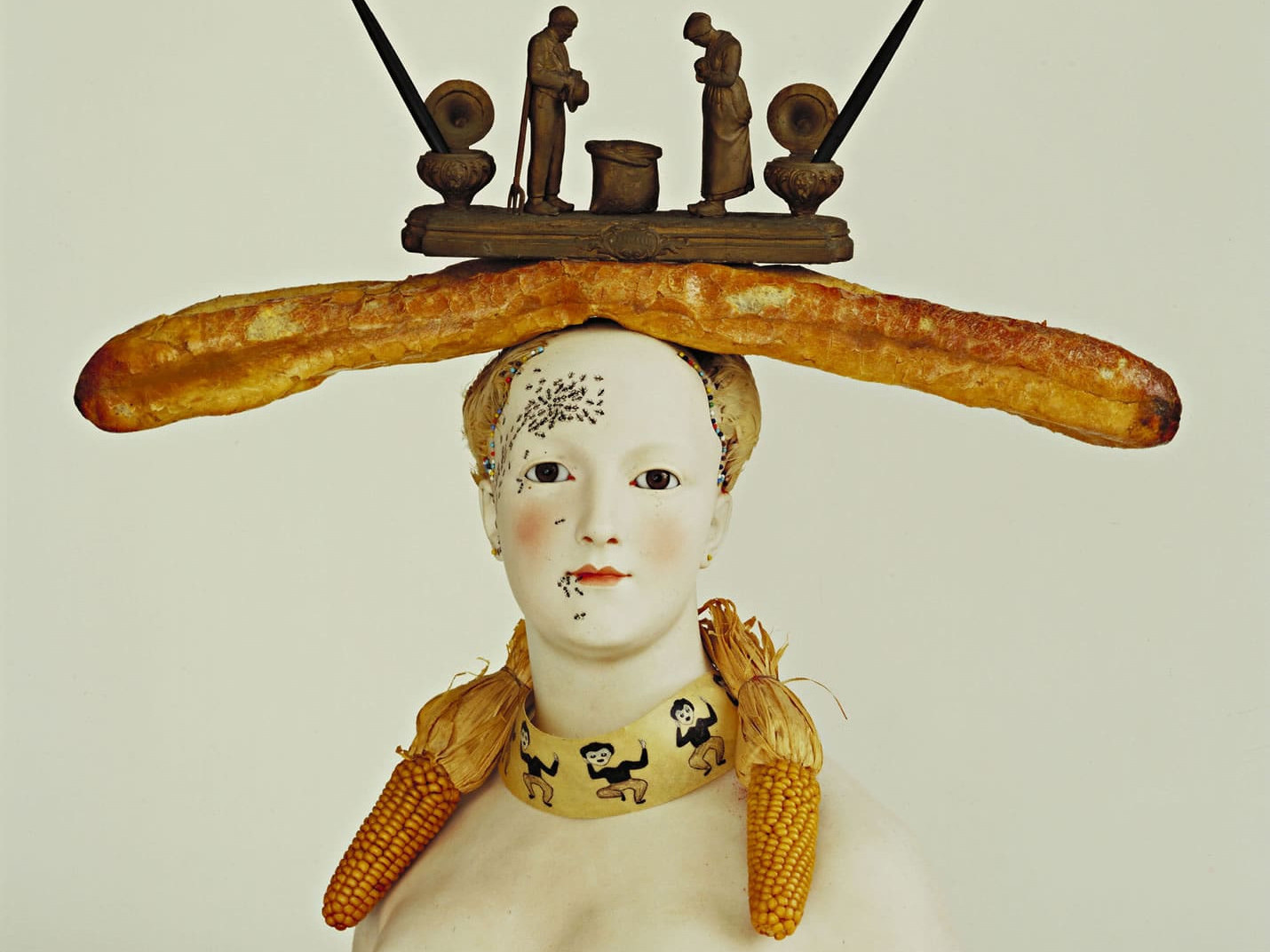
Críticos ditirámbicos y el fetiche

MARTE 2024: ALTERNATIVAS PERIFÉRICAS. TIEMPOS DE HONESTIDAD

Paisajes efímeros del sol en Casa Árabe de Madrid

BEGIN THE BEGUINE

El tapiz de la memoria: Claudia Joskowicz en Jorge López Galería

en conversación con Marina Vargas

El guateque de Carlos Pesudo

Vectors

Las estructuras invisibles de Javier Bravo de Rueda

De Paso: el eterno retorno

Todo lo que sugería Giovanni Anselmo

BETWEEN THE ROARS OF THE NIGHT AND THE MURMURS OF THE NEW DAY: la travesía italiana de Javier Ruiz

Dibujar sin papel: Gego en el Guggenheim

en conversación con Semíramis González

en conversación con Co-Net_

Luis Gordillo: pintura o nada

yo no pinto retratos, pinto personas[1]

La tierra baldía y Nancy Holt en el MACBA

Marco Alvarado, un artista caníbal, incluso

en conversación con Germán Bel/Fasim

La hilandera: Maria Lai en Es Baluard
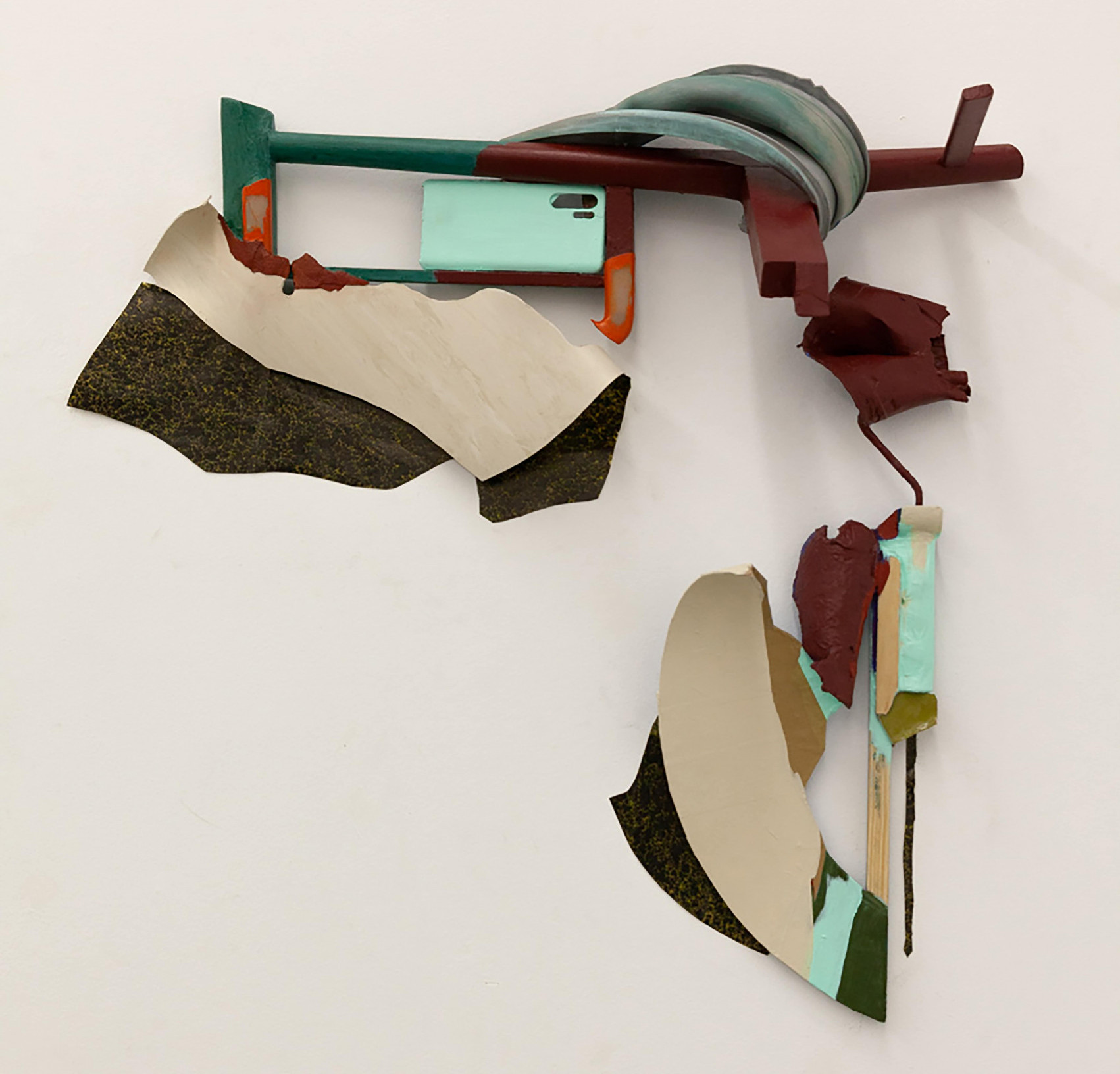
En ninguna parte, en algún lugar
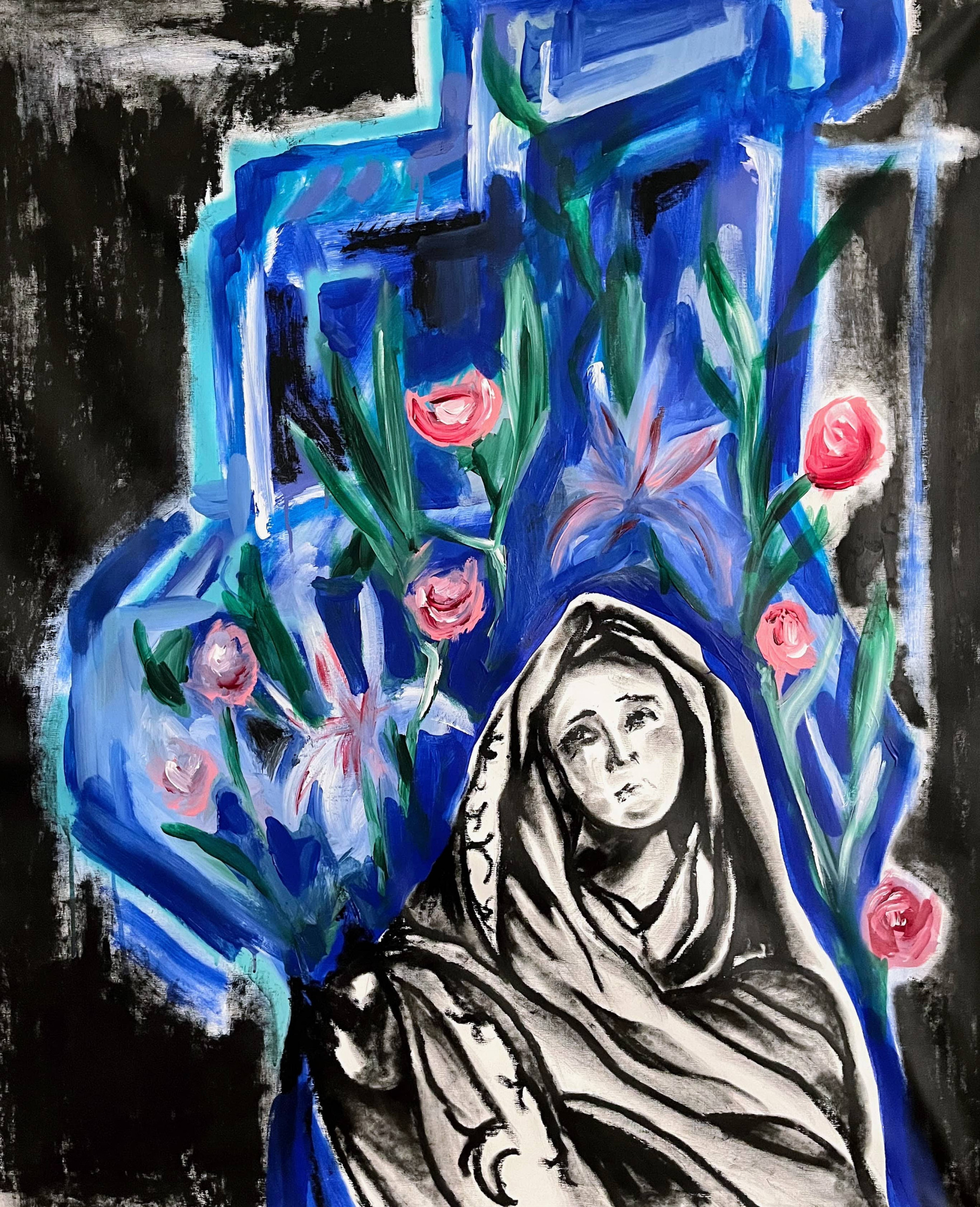
Hic et nunc
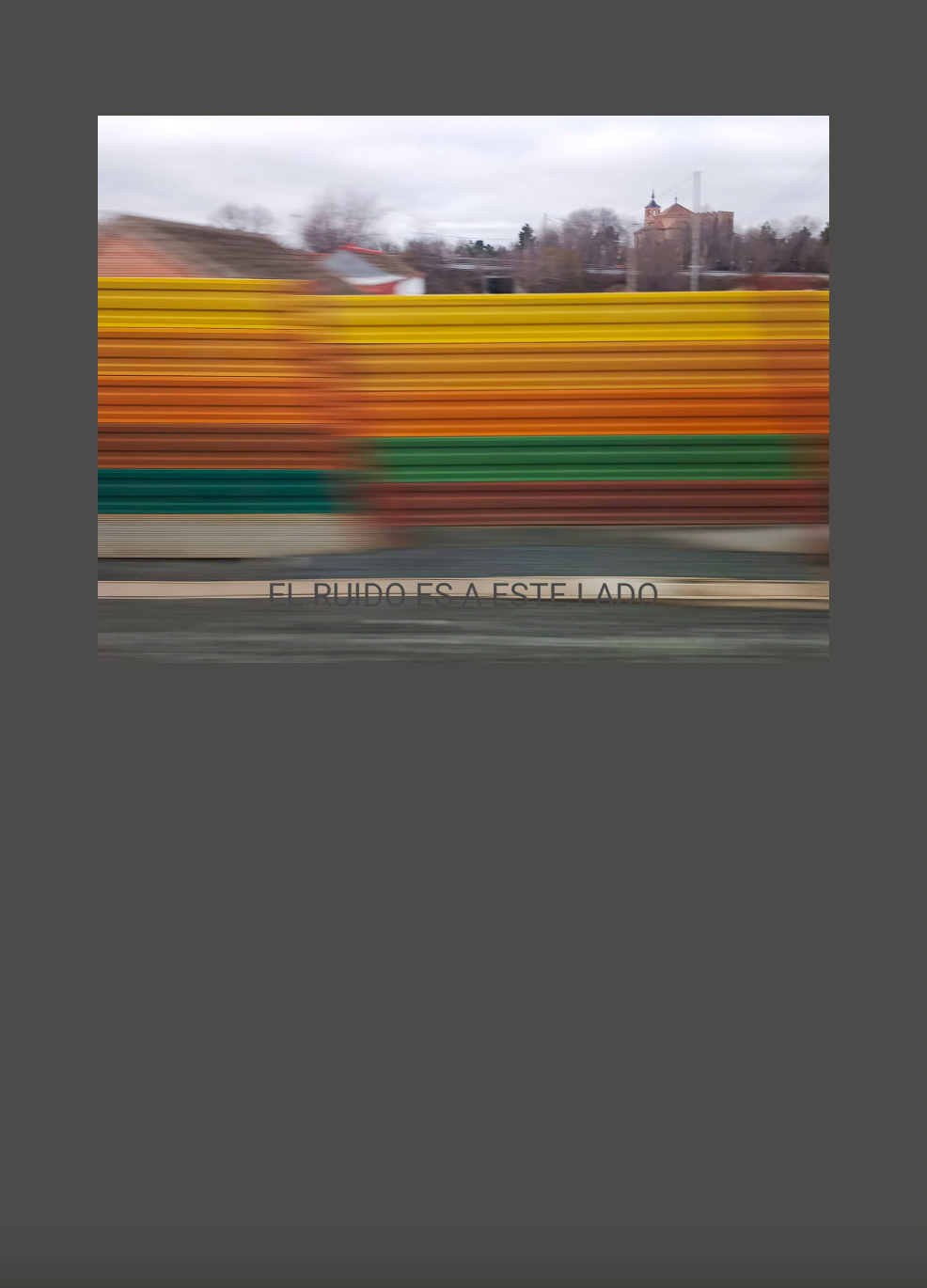
La casa como reflejo en un espejo/House as a Mirror of Self
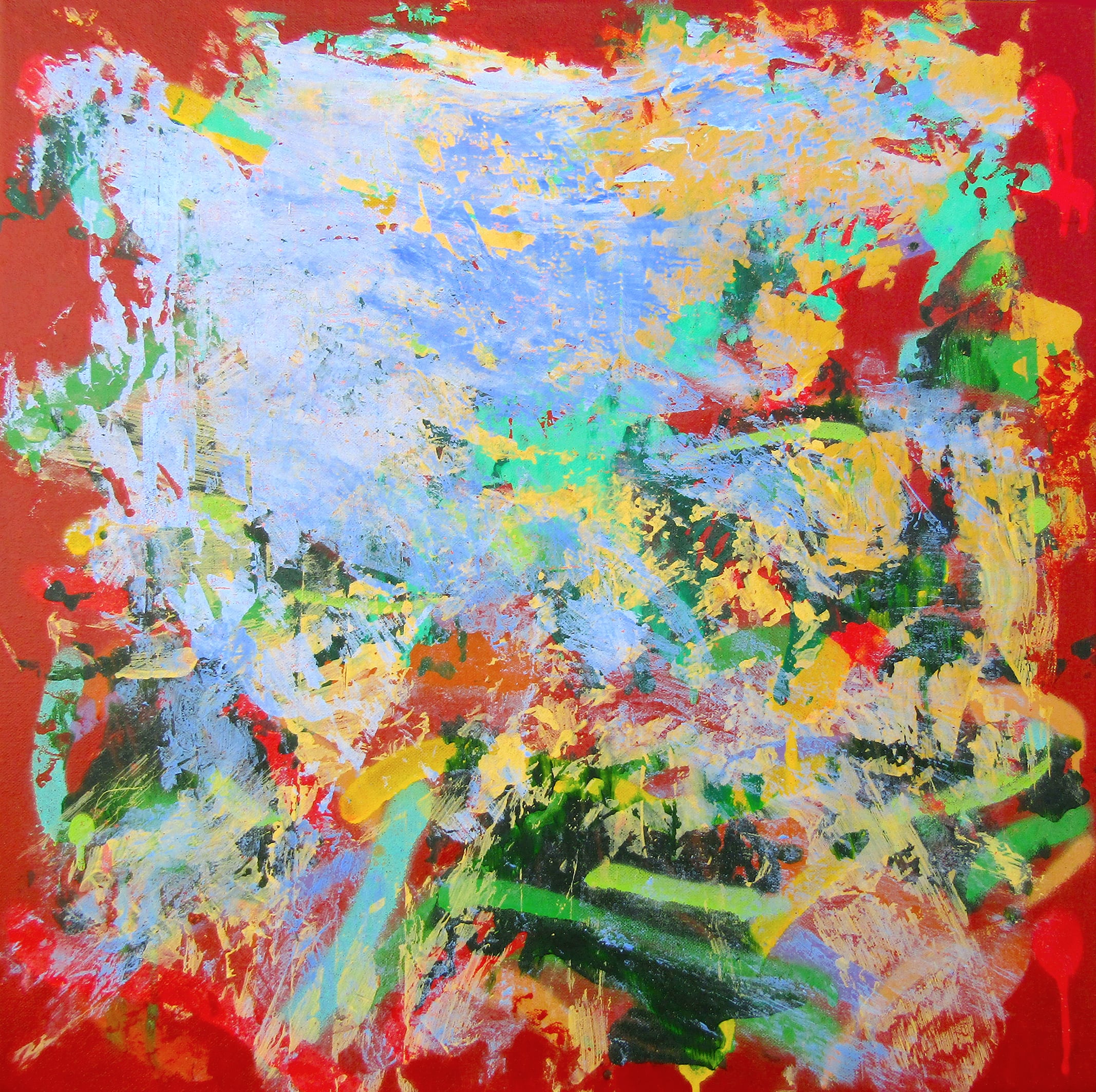
Fasim bajo la luz de Sorolla
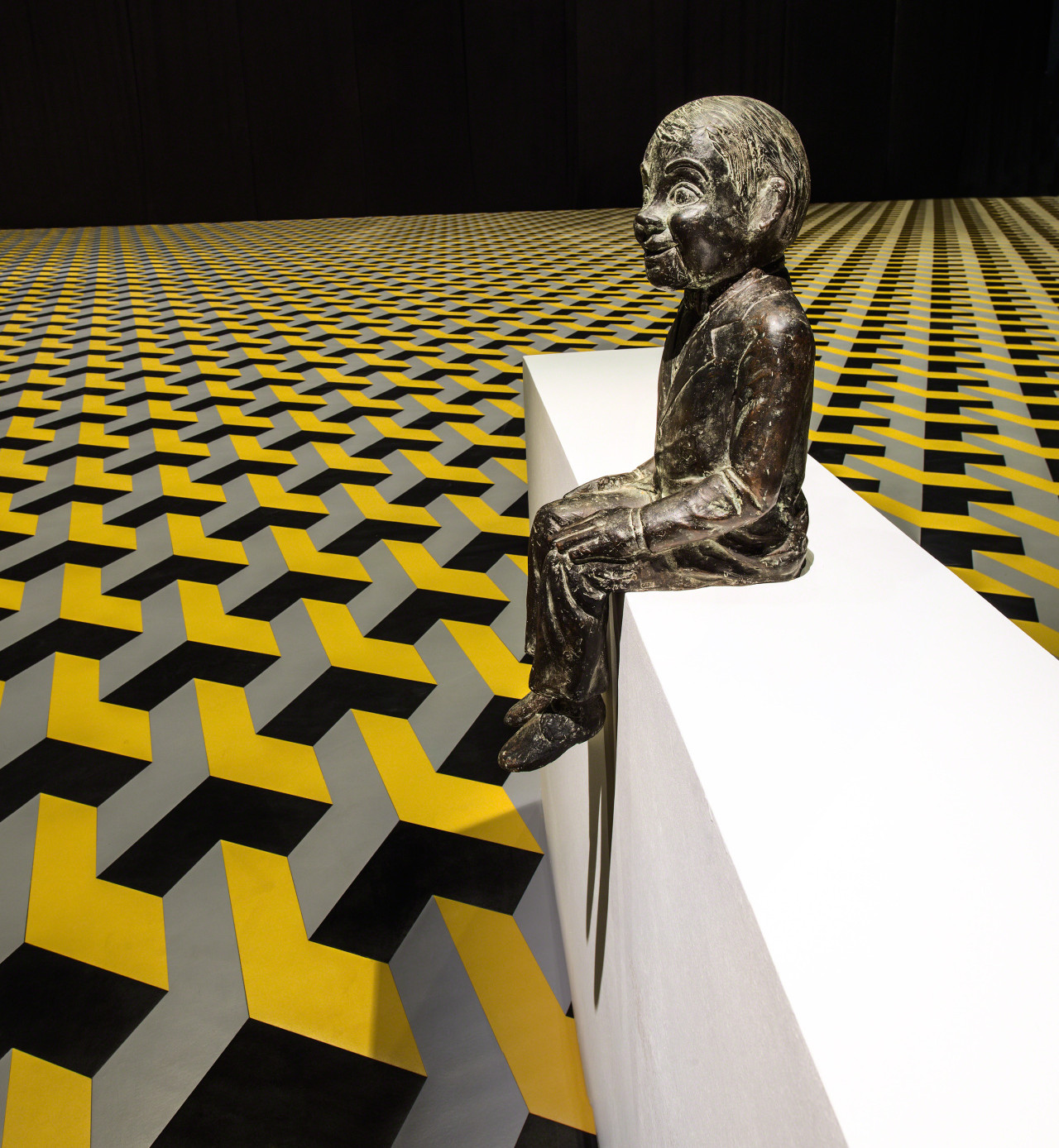
A MÍ LO QUE ME GUSTARÍA HACER ES UNA ESTATUA
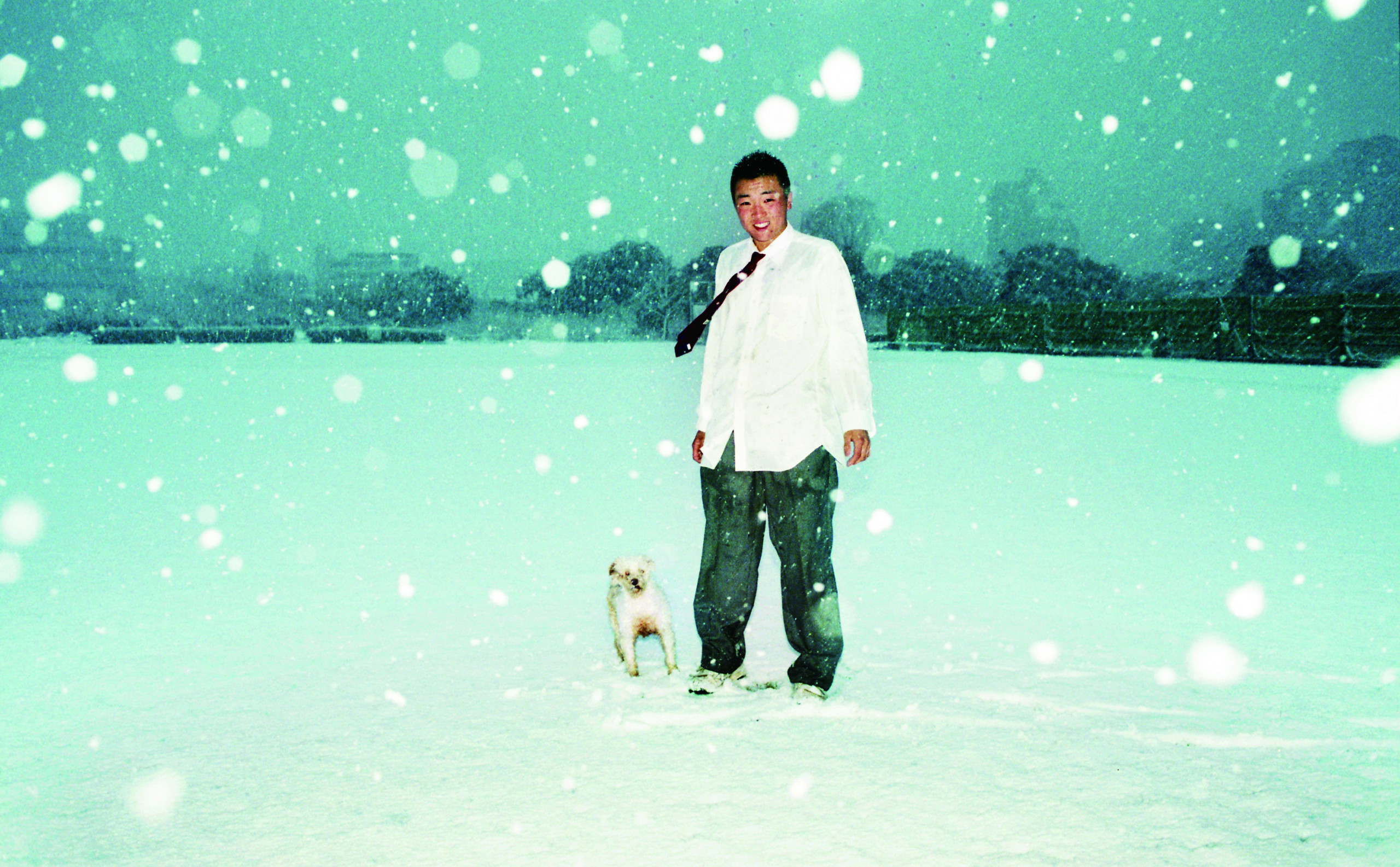
La textura de las promesas
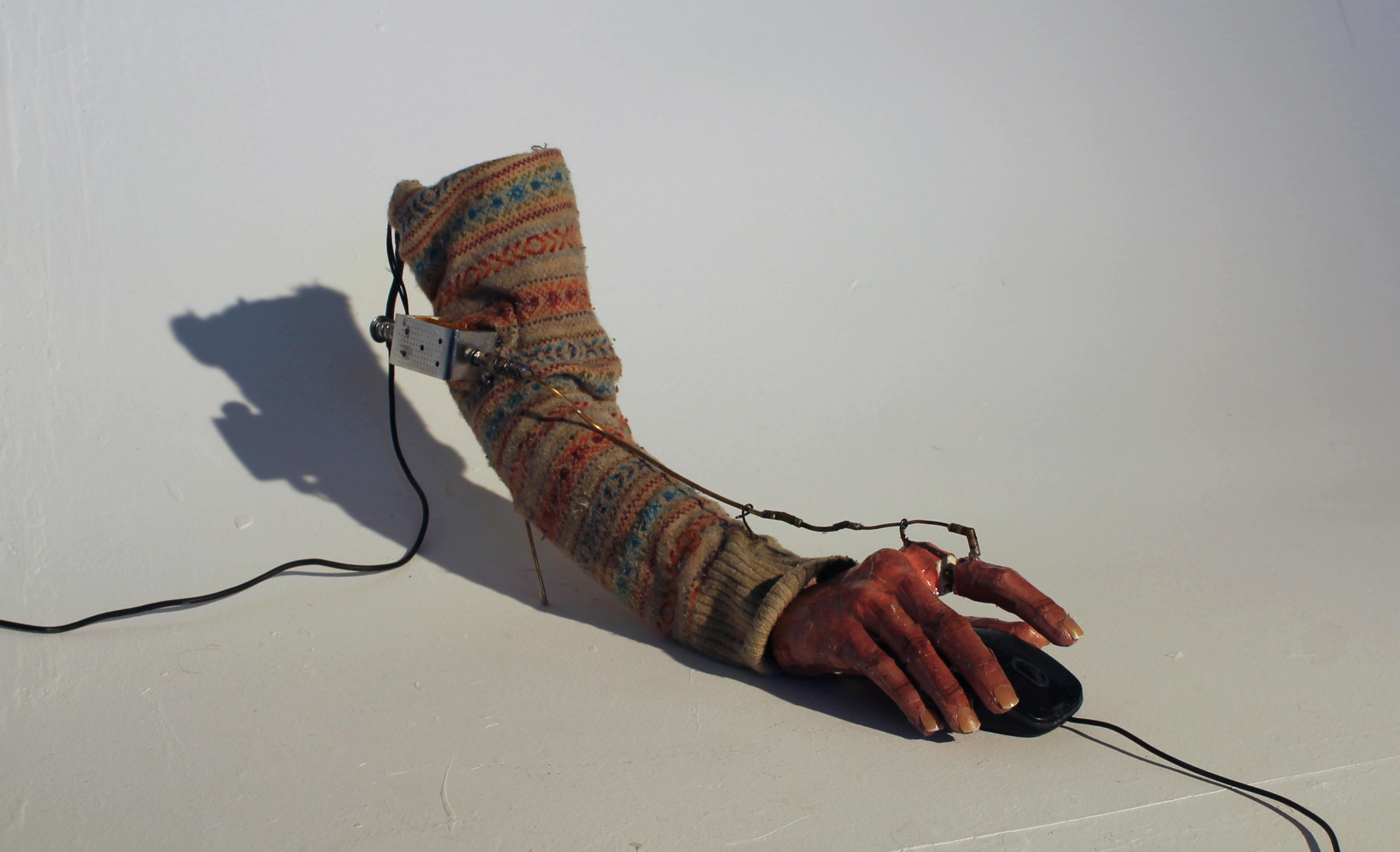
TOBIAS BRADFORD: LA ABULIA QUE SOÑÓ BUÑUEL
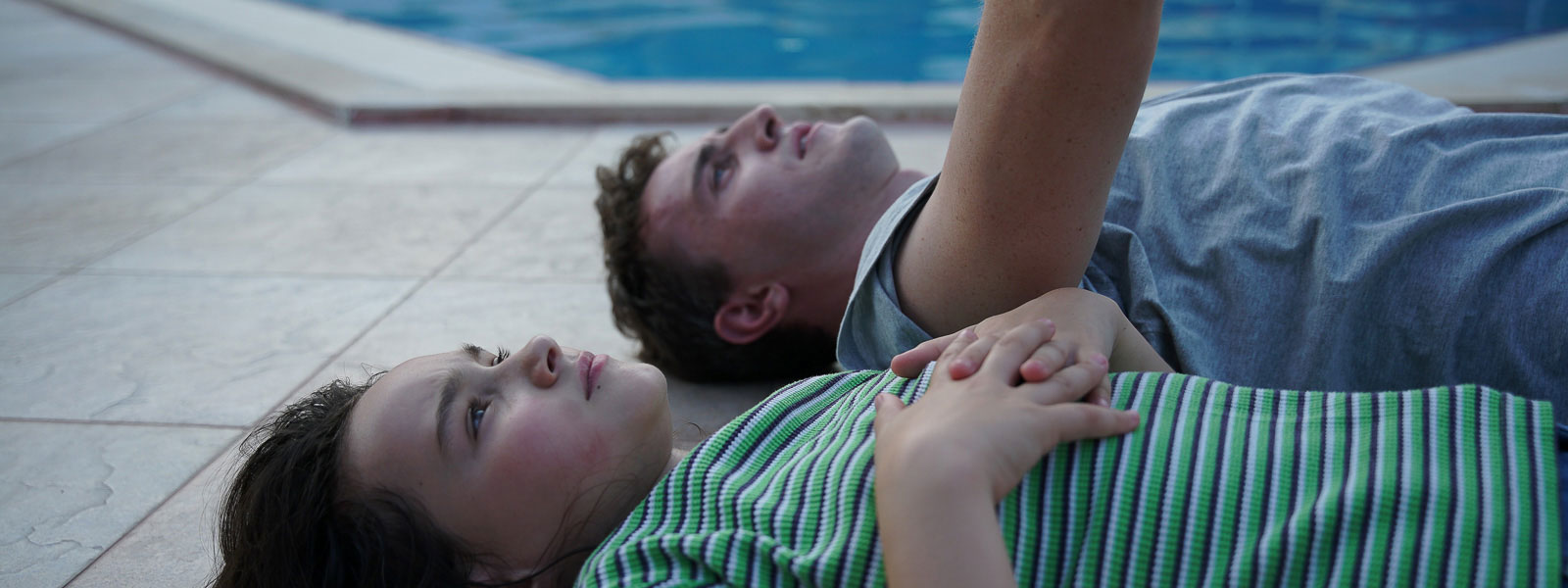
Notas sobre Aftersun (2022), Charlotte Wells
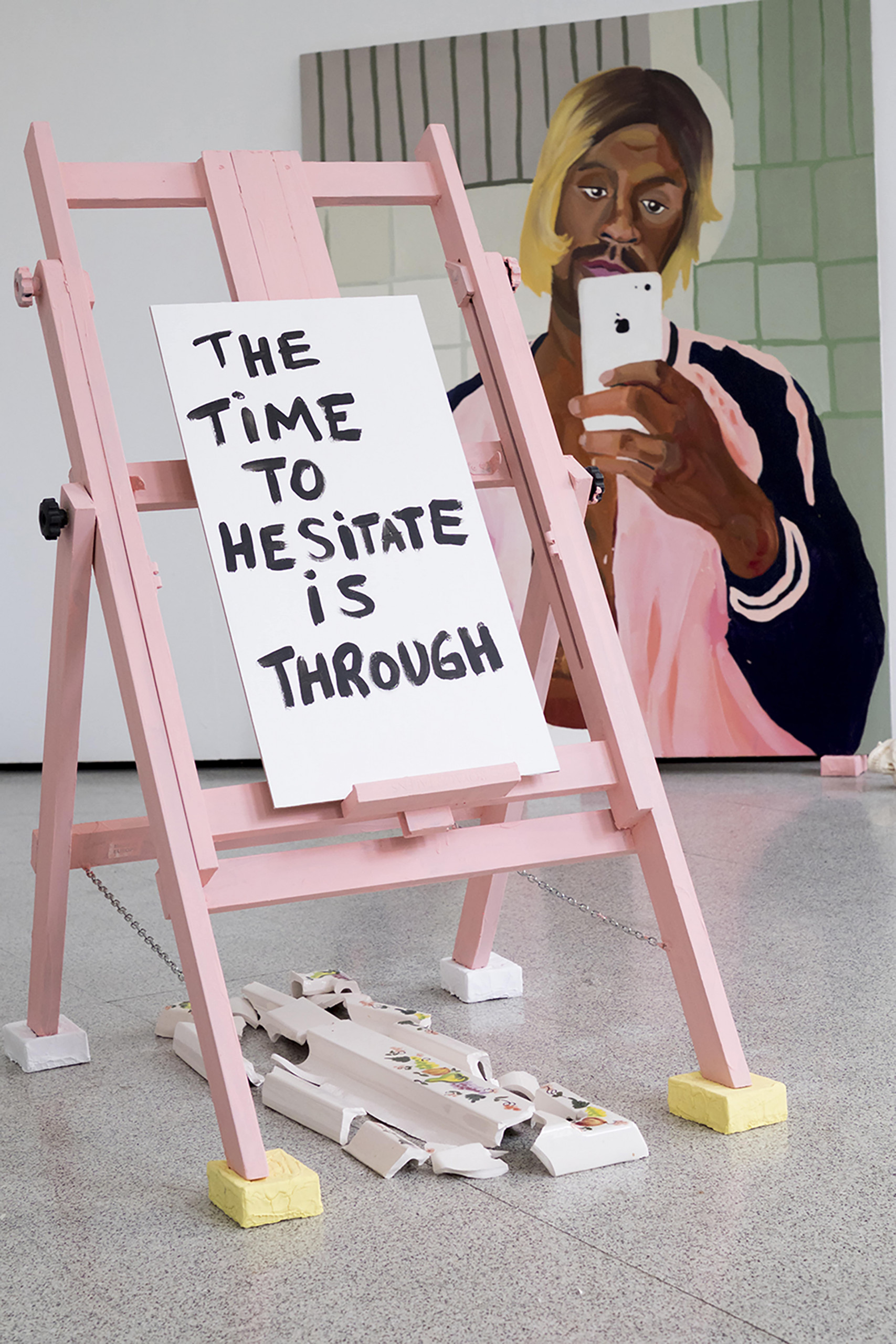
Self Identity is a Bad Visual System(1)

Leche de sueño infantil
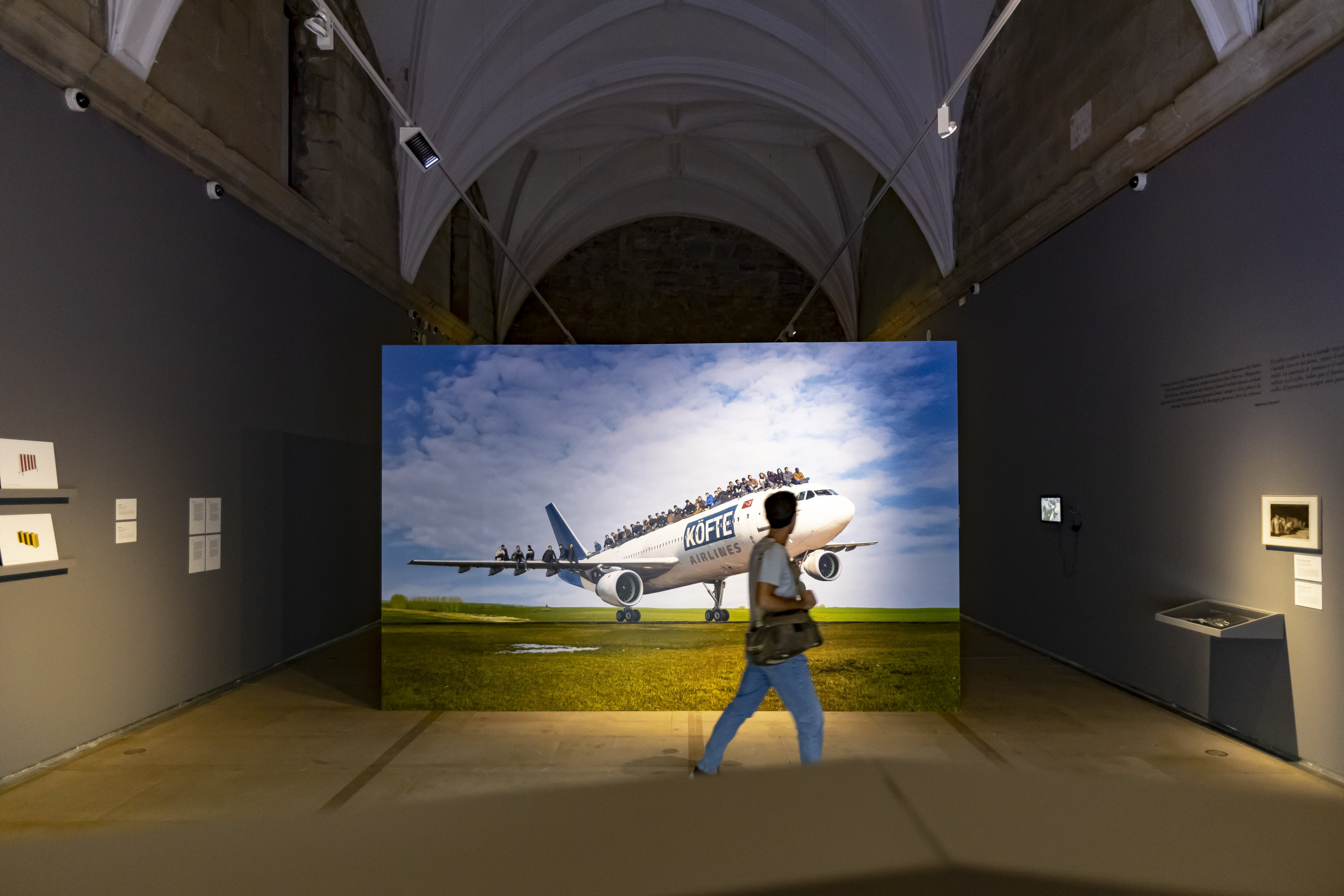
ET IN TERRA PAX HOMINIBUS: INDÉSIRABLES EN MUSEO SAN TELMO
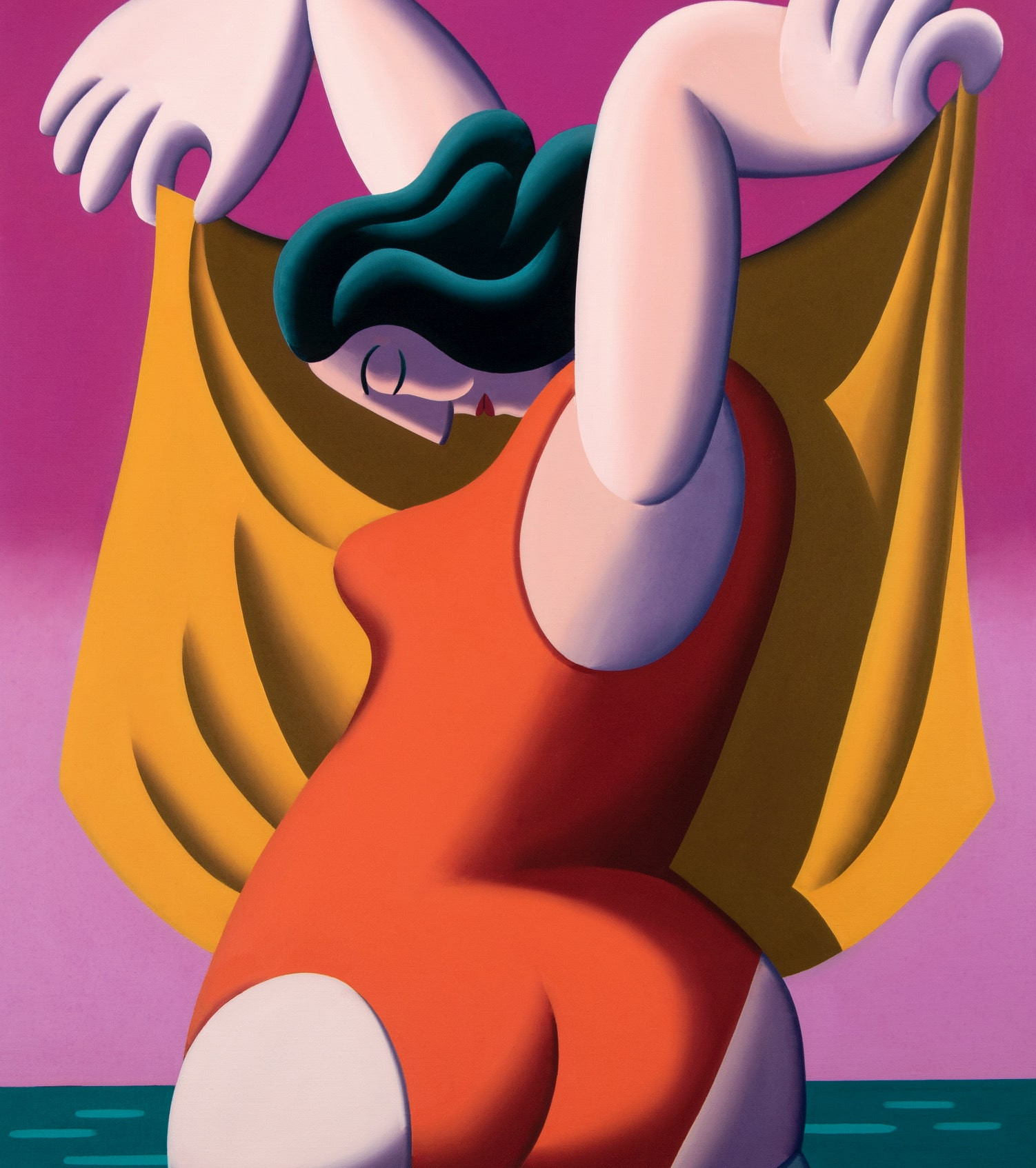
en conversación con juan de la rica
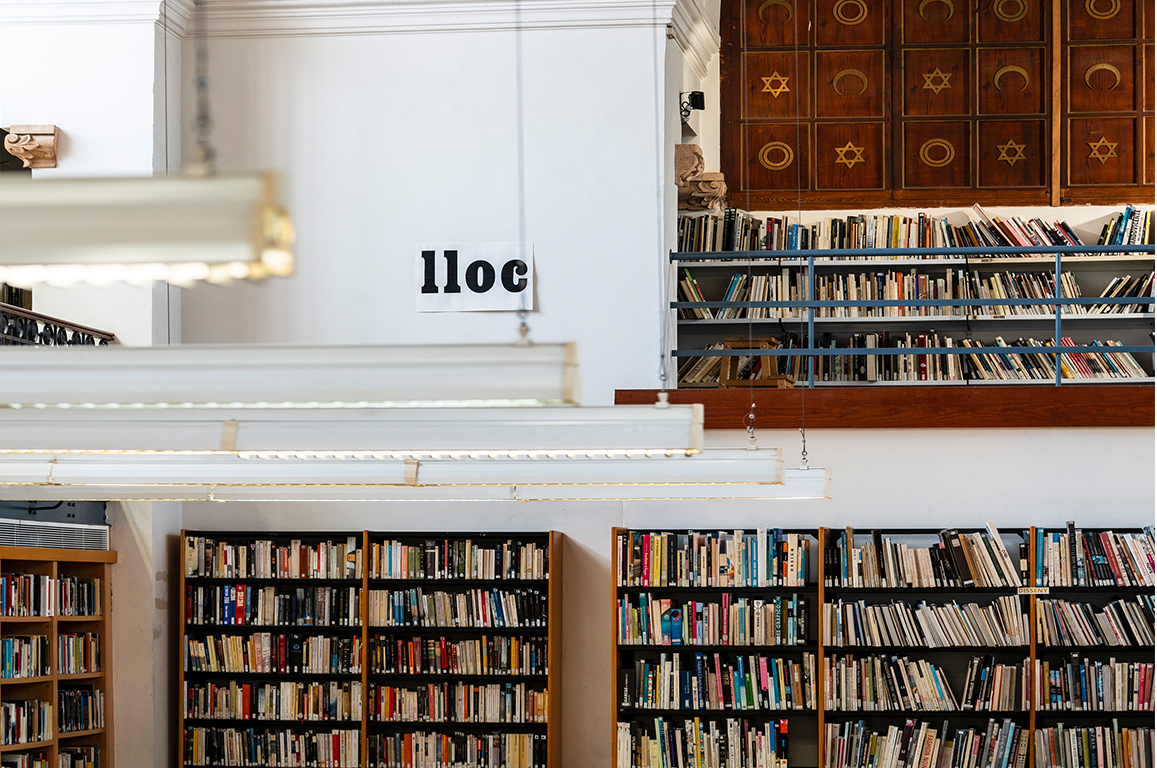
Biblioteca en llamas

El eco: LOS MELLIZOS de HERRERO DE TEJADA
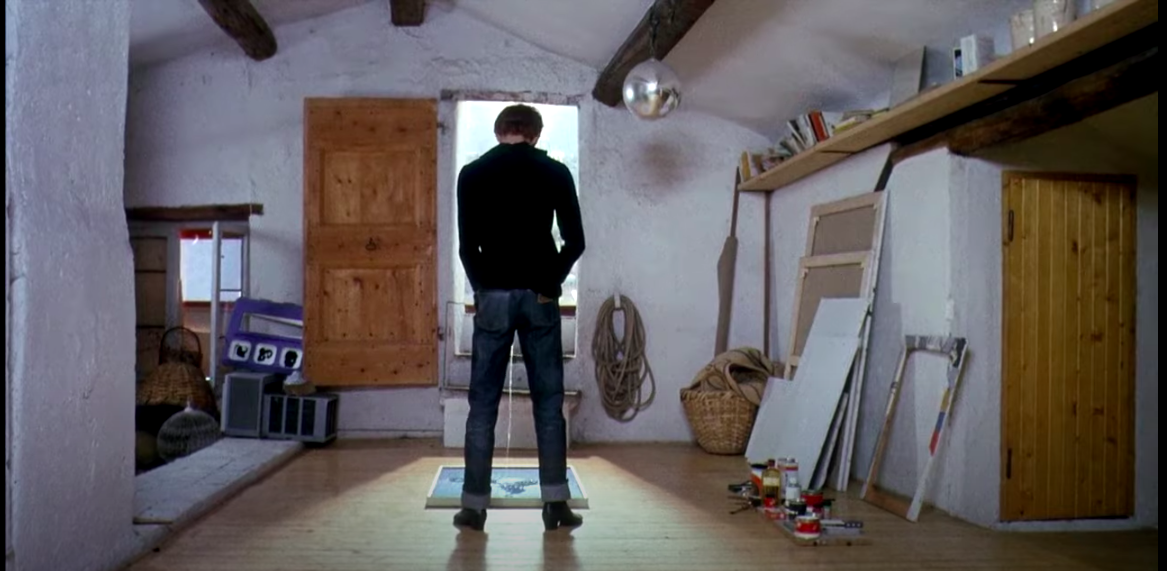
el “arte” de mearse por Fernando Castro Flórez

ABIERTO VALÈNCIA 2024: programación de actividades

Feria Marte 2025: pintura como eje y coleccionismo galopante

Tremolar fins que arribi la tempesta
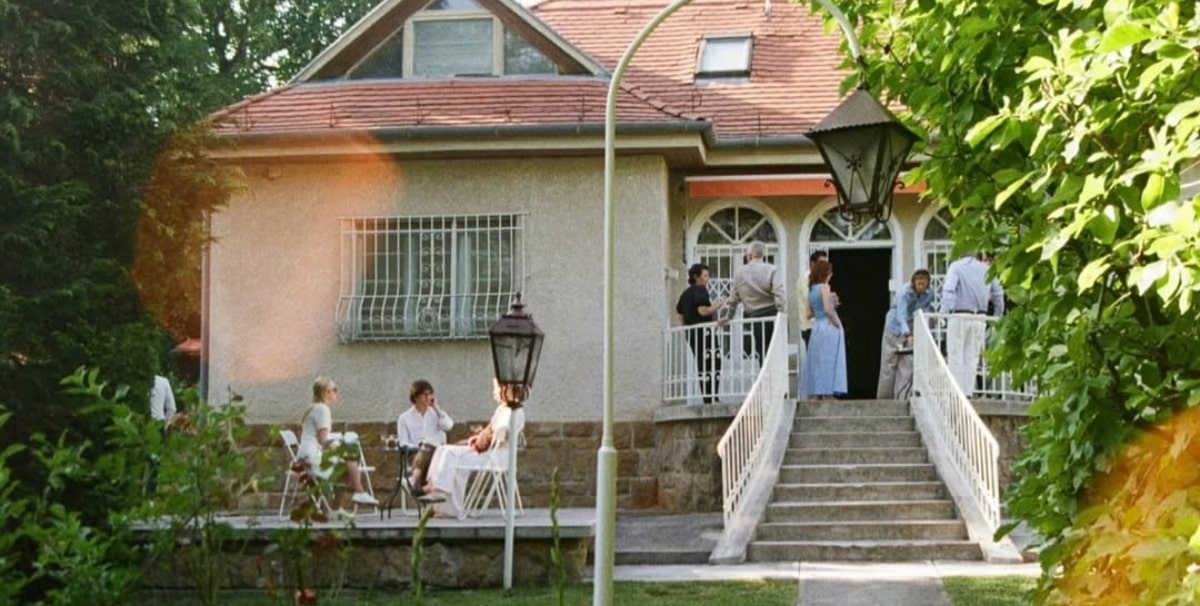
Atma Art House: El vanguardismo húngaro y español, hermanados por el arte
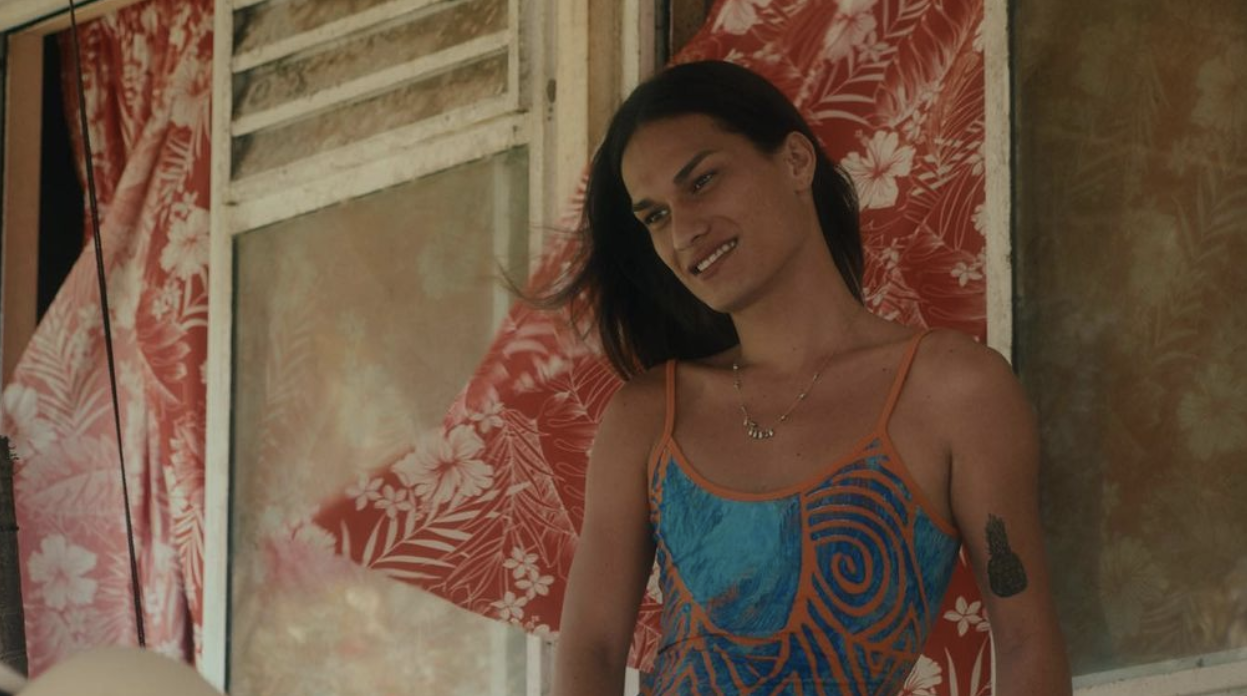
Ephemera en Pacifiction (2022) de Albert Serra




